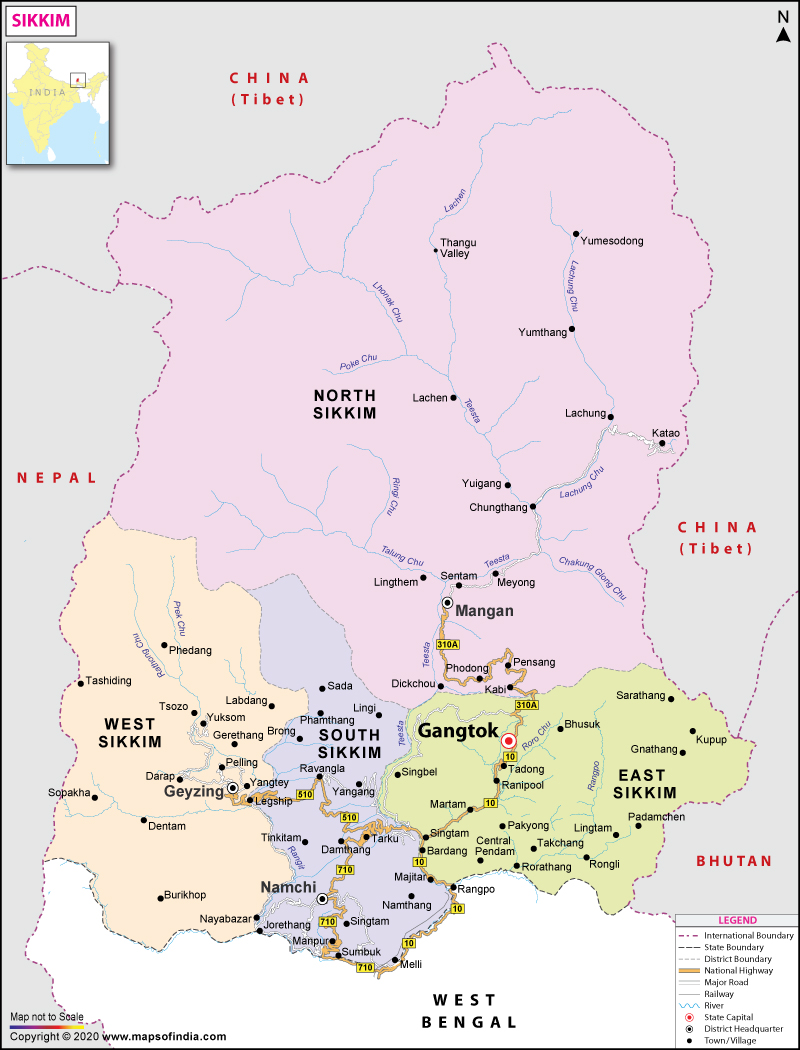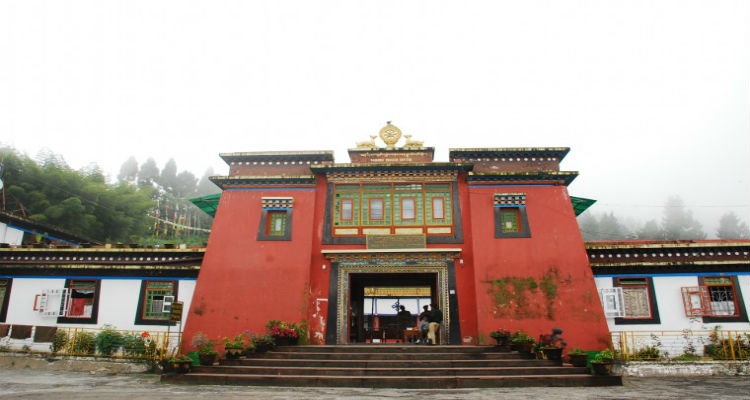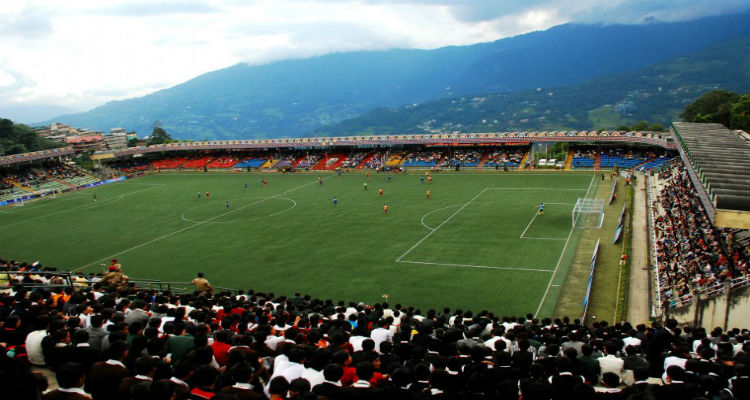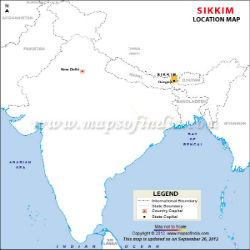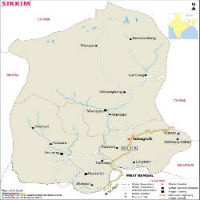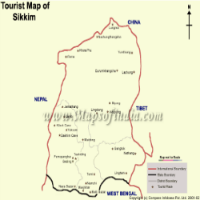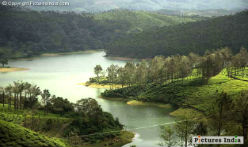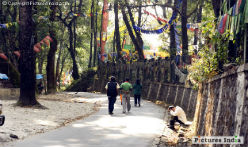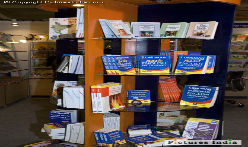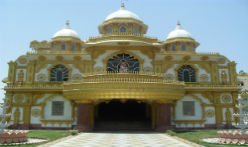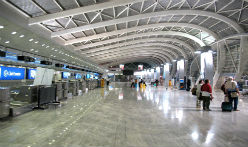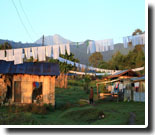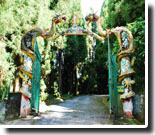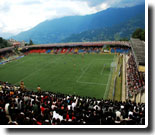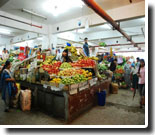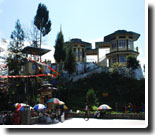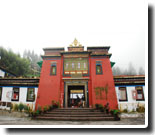About Sikkim
In spite of being the second smallest as well as the least populated state of India, Sikkim is a heaven for nature lovers.
Located in the Northeastern part of the country, Sikkim is surrounded by West Bengal on its south and shares international borders with Bhutan on its southeast, Nepal on its west and the Tibet Autonomous Region of China on its northeast. The beautiful mountains, the deep valleys and the biodiversity make Sikkim a favourite spot for tourists. Gangtok is the capital as well as the largest city of Sikkim and is located at the height of 5500 feet on the hills of Shivalik. The beautiful Kanchenjunga, which is the third tallest mountain of the world, can be viewed from Gangtok. The total area of Sikkim is roughly 7000 square kilometers with a total population of more than 6 lakhs. Most of the areas being hilly, summers in Sikkim are soothing as the temperature hardly crosses 28 degrees whereas the inhabitants witness that spine chilling shiver during the winters with a temperature below freezing point. Sikkim became a part of India in 1975 and since then, the political structure of the state adheres to the rest of the country. The legislative assembly comprises of 32 members properly selected through elections.
| Facts on Sikkim | |
|---|---|
| Official Website | www.sikkim.gov.in |
| Date of Formation | May 15, 1975 |
| Area | 7,096 sq km |
| Density | 86/Km2 |
| Total Population (2011) | 6,10,577 |
| Males Population (2011) | 3,23,070 |
| Females Population (2011) | 2,87,507 |
| No. of District | 4 |
| Capital | Gangtok |
| Rivers | Teesta, Cholamu, Rangeet |
| Forests & National Park | Khangchendzonga NP, Fambong Lho WS, Kyongnosla Alpine WS, Maenam WS etc. |
| Languages | Nepali, Limbu, Majhi, Majhwar, Sikkimese, Sherpa, Tamang, Thulung, Tibetan, English, Hindi etc. |
| Neighbours State | West Bengal |
| State Animal | Red Panda |
| State Bird | Blood Pheasant |
| State Tree | Rhododendron |
| State Flower | Noble orchid |
| Net State Domestic Product (2011) | 81159 |
| Literacy Rate (2011) | 87.75% |
| Females per 1000 males | 889 |
Geography
It is the second-smallest Indian state and is geographically located at 27.33° N and 88.62° E. Landlocked in the Himalayan range, the state is bordered by Tibet on its northeast, Nepal on its west, Bhutan on its southeast and West Bengal on its south. More Detail...
| Click to View large Map |
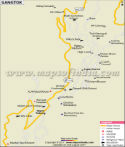 |
| Gangtok City Map |
Capital City of Sikkim
Sikkim is a Northeastern state of India and its capital is Gangtok. It is also the largest city in the state. Situated on the Shivalik hills, it is found at the height of about 5,500 feet on the southeast of the state. Gangtok, which in the local language means "hill top", is one of the most attractive tourist destinations in the country. Gangtok is also the headquarter of East Sikkim districts. Kanchenjunga, the third tallest peak in the world can be seen from the east side of the city. More Detail...
 Places of Interest
Places of Interest Travel Guide
Travel Guide Sikkim Education
Sikkim Education Important Places
Important Places Reach Sikkim
Reach Sikkim
Different Climatic Conditions in Sikkim
The residents of Sikkim experience two kinds of climate. The Northern part of the state experiences tundra type of climate, whereas, the Southern part observes sub-tropical climatic conditions. Because of the tundra type of climate, the Northern part of the state remains covered with snow for almost 4 months in a year, when the night temperature goes below 0° C. The weather condition of the state is mainly divided into 5 seasons, which are:
- Spring
- Summer
- Autumn
- Monsoon
- Winter
Demographics
As per, 2011 census, the population of Sikkim is not more than 6.11 Lakhs, which comprises of 50% males and 50% females. Lepchas were the original inhabitants and the natives of this place. Most of the industrialists in Sikkim are Lepchas by origin. The Bhutias, or the people who have come from the Kham district of Tibet are the second ethnic group of Sikkim. They were known to bring Buddhism to the place and are great agriculturists and traders. The third ethnic group is formed by the Nepalese that constitutes a major part of the population in Sikkim. In the Northern and Eastern parts of the state, a few clans of Tibetans are found. Other than these, there are several inhabitants belonging to Bengali, Marwari and the Bihari castes who had migrated to this place a few decades ago. Buddhism and Hinduism are the two religions that prevail in this state. However, there is a small Christian community of people who were of lepcha origin earlier, but got converted to Christianity by the colonial British. Even smaller in number here are the Muslims. However, in spite of having so many religions in different proportions here, there have never been any communal riots or rifts among them.
History
Sikkim has a significant political past that depicts several important events related to the tribal rulers, the British authority as well as inclusion of the state as a part of India. Three tribes, Mon, Naong and Chang, used to rule the state before the Lepchas invaded and overpowered them in the 17th Century. During this time, monarchy existed in Sikkim and the most prominent kingdom was of the Chogyals who were the undisputed rulers of the state. When British arrived in the country, the monarchs of Sikkim entered into an alliance with them to fight with Nepalese and Bhutanese who were slowly becoming threats for them. With the Indian independence in 1947, this state became a protectorate under India who took the responsibilities of the defense, external relations, as well as strategic communications. However, with the passing time, the inhabitants of Sikkim wanted more political liberties through democracy and hence around five elections were held before 1975. More Detail...
Economy and Infrastructure
The economy of Sikkim depends mainly upon tourism, agriculture, few industries, and horticulture. Due to its immense natural beauty, exotic climate and rich cultural heritage, tourism has flourished in this part of the country and has become the backbone for the economy of the state. Agriculture is substantially possible here in Sikkim in spite of a majority of the state being covered by mountains and hills. Tea and cardamom are the two important ingredients that are grown in this place apart from other crops like rice, maize, potato, wheat, orange and ginger.
Government of Sikkim
Ever since Sikkim has shrugged off its monarchical roots in 1975, the government of the state follows the pattern of other Indian states. There is a legislative body comprising of several ministers topped by the Chief Minister. The 32 members of the state legislative are selected through assembly elections from 32 assembly constituency spread across four districts of Sikkim. Out of these, one seat remains reserved for a Buddhist representative, following the traditions of the kings. The most important person in the legislative is the Speaker and the Chief Minister is responsible for controlling and leading the government departments of the council. There are two representatives, each for the Lower House and the Upper House of the Parliament. The national parties do have a hold in the politics of Sikkim but the local and regional parties like Sikkim Democratic Party have more influence on the inhabitants. There are separate state commissions, run by government to keep vigilance over the legislative functions.More Detail...
Society and Culture
Sikkim has a rich cultural heritage which is formed due to the combined tradition of Hinduism and Buddhism perfectly blended with that of the Lepchas. Since the Sikkimese follow Buddhism, their festivals are simple, less lavish yet colourful. Buddhist festivals like Drukpa Tseshi, Pang Lhabsol, Saga Dawa, Losoong, and Dasain are widely celebrated in most of the places. Drinking the famous millet beer from the Himalayas is a sign of celebration for festivals and special occasions like marriage. Folk songs and dances are common during such celebrations. Sikkim's mask dance by the Lamas in the courtyards of the monastery is one of the most colourful dances in Northeastern India that depicts the true essence of the culture of the place.
Food
Sikkimese cuisine has a blend of Nepali food. Their staple is rice but they've various other delicious side dishes. Some of the popular dishes are Gundruk Soup, Sinki Soup, Sael Roti, Paneer Cheese, Thukpa, Tibetan Bread, Yak Cheese, Lassi, Chaang to name a few.
Language
As per the current demographical scenario of Sikkim, there are in total six languages that the inhabitants use to communicate with each other. Nepali happens to be the lingua franca of the state, since Nepalese form the majority of the population. The language however belongs to the Indo-Aryan family. The next widely spoken language is Bhutia, which has strong connection to the Tibeto-Burman family of Languages. Other languages that hail from the same family and are widely popular among the people are Lepcha, Sherpa and the Limbu. All these languages are taught in different schools and are declared as the official language of the state.
Transport
Sikkim, in spite of having a mountainous terrain, is well connected with the rest of the country. The nearest airport is Bagdogra, which is a few hours drive from the capital city. One can find several airways like the Indian Airlines, Deccan Air Service, Jet airways and others that connect the state with Kolkata, Delhi and Guwahati. Since Sikkim is a tourist's delight, the Sikkim Tourism Department operates five-seater helicopters from Bagdogra to Gangtok, so that one can reach there faster. There are two railway stations that connect the state with the rest of the country, one at Siliguri, around 114 kms away and the other at New Jalpaiguri, around 125 kms away from the capital. One can also reach Gangtok by road.
EBAKB131114
Last Updated on: June 01, 2021
Places to visit in Sikkim
